Embrace a sustainable alternative at the end of life
Discover a more eco-friendly and natural approach to the end-of-life through human composting.
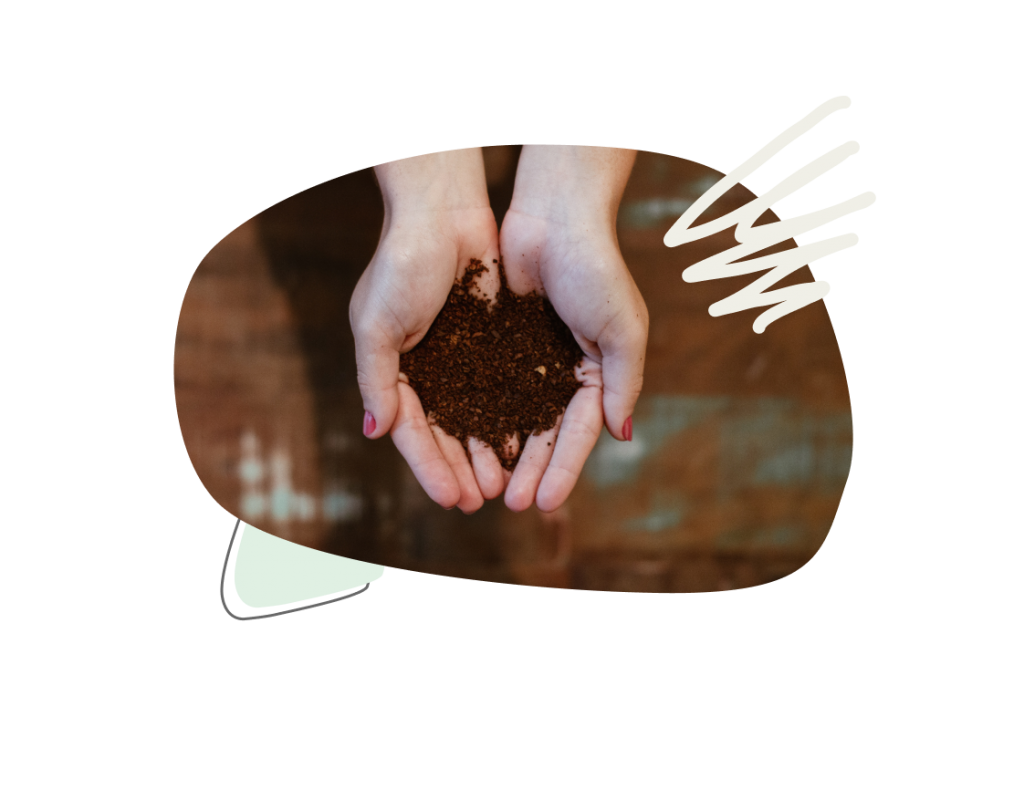
Close the circle
Terramation, or human composting, returns our bodies to the earth as compost, through the combination of organic materials and time. It is the most sustainable way to celebrate the end of life and process our bodies as we pass on.
Why terramation matters
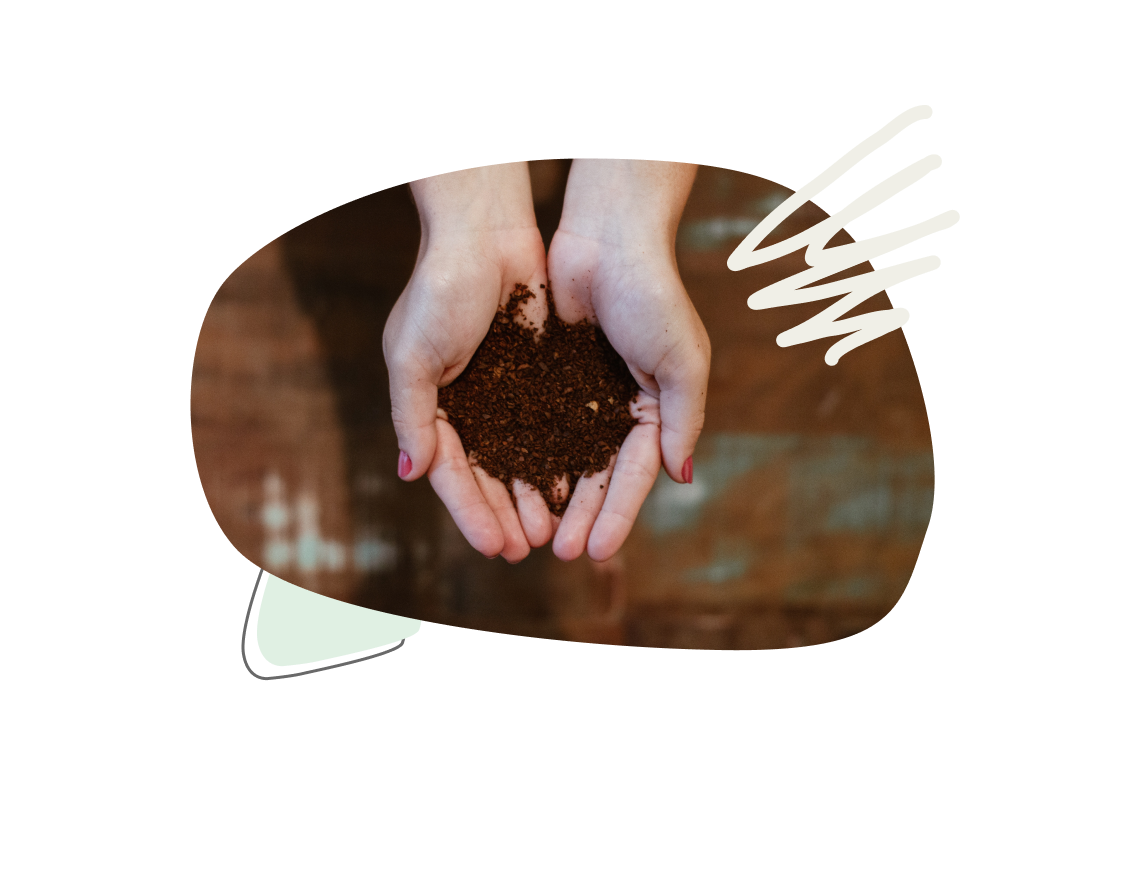
Minimal environmental impact
Terramation offers a sustainable alternative to traditional burial and cremation methods. By reducing carbon emissions and conserving resources, terramation helps protect our planet for future generations.

Create a sustainable legacy
Choosing terramation for your loved one or yourself creates a lasting, positive impact on the environment. Transform human remains into nutrient-rich soil that nourishes the earth and supports new life.

Move on in a deeply personal way
Terramation ceremonies can be tailoured to honor the unique life and values of the deceased. Create a meaningful and intimate tribute that celebrates a life well-lived and a legacy of sustainability.
How terramation works
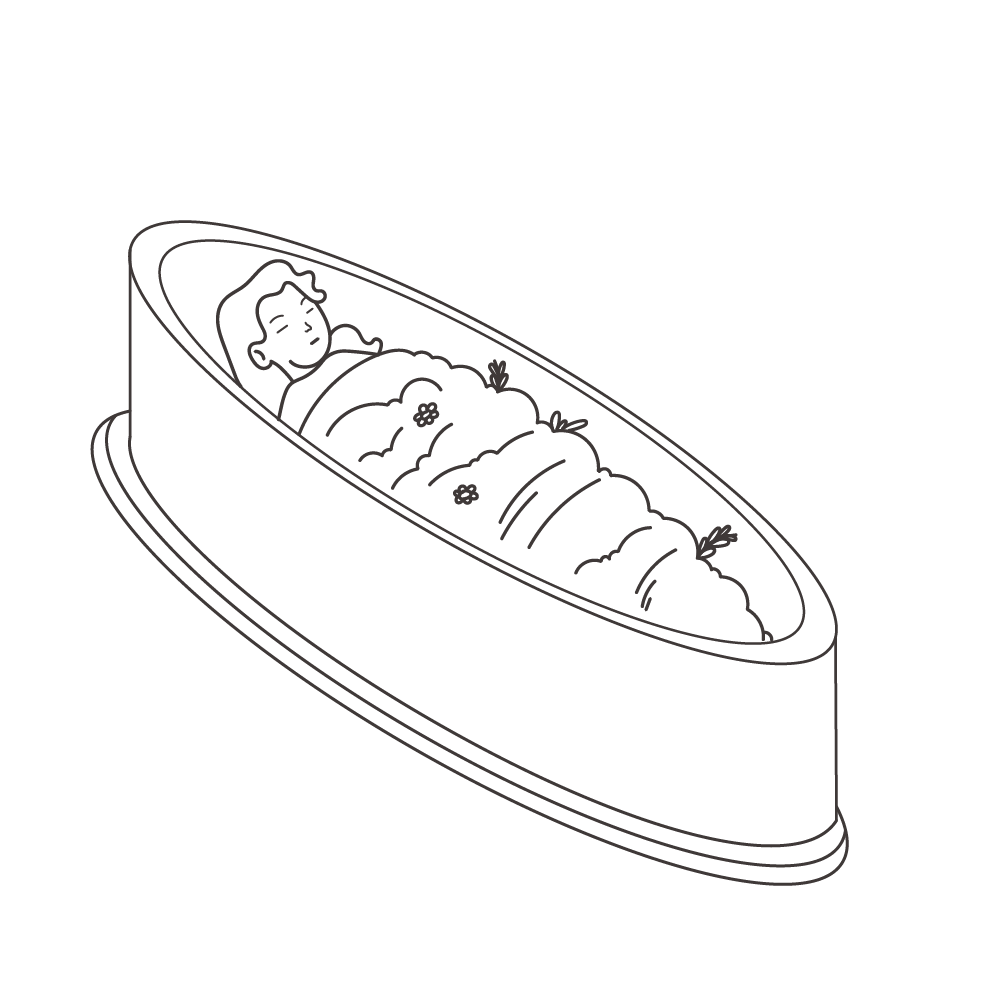
1. Preparation of the body
The deceased person's body is cleaned and prepared, with any non-biodegradable materials (e.g., pacemakers, artificial joints) removed. The body is then placed in a biodegradable shroud or coffin made from natural materials like wood, bamboo, or recycled paper.
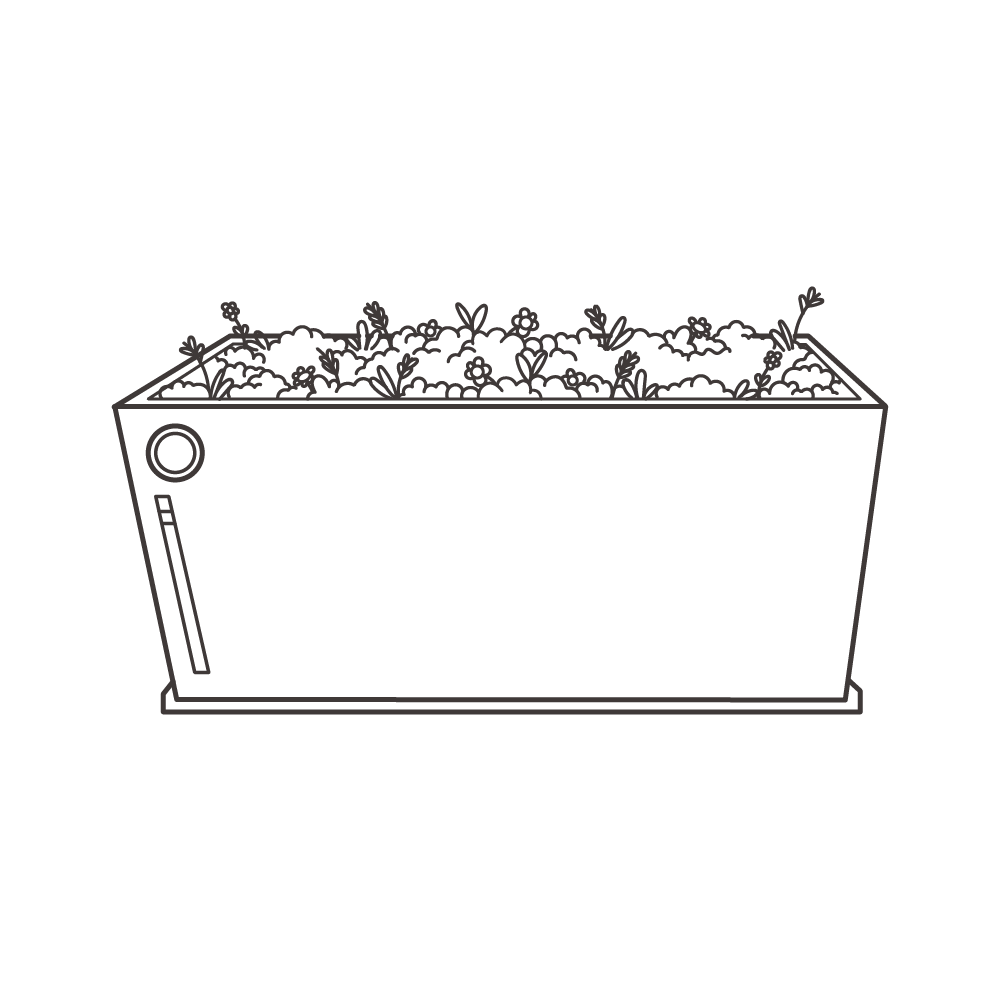
2. Placement in the Terramation Vessel
The body is carefully placed into a specially designed terramation vessel, which is filled with a mixture of organic materials such as wood chips, straw, and other natural sources of carbon and nitrogen to facilitate the decomposition process.
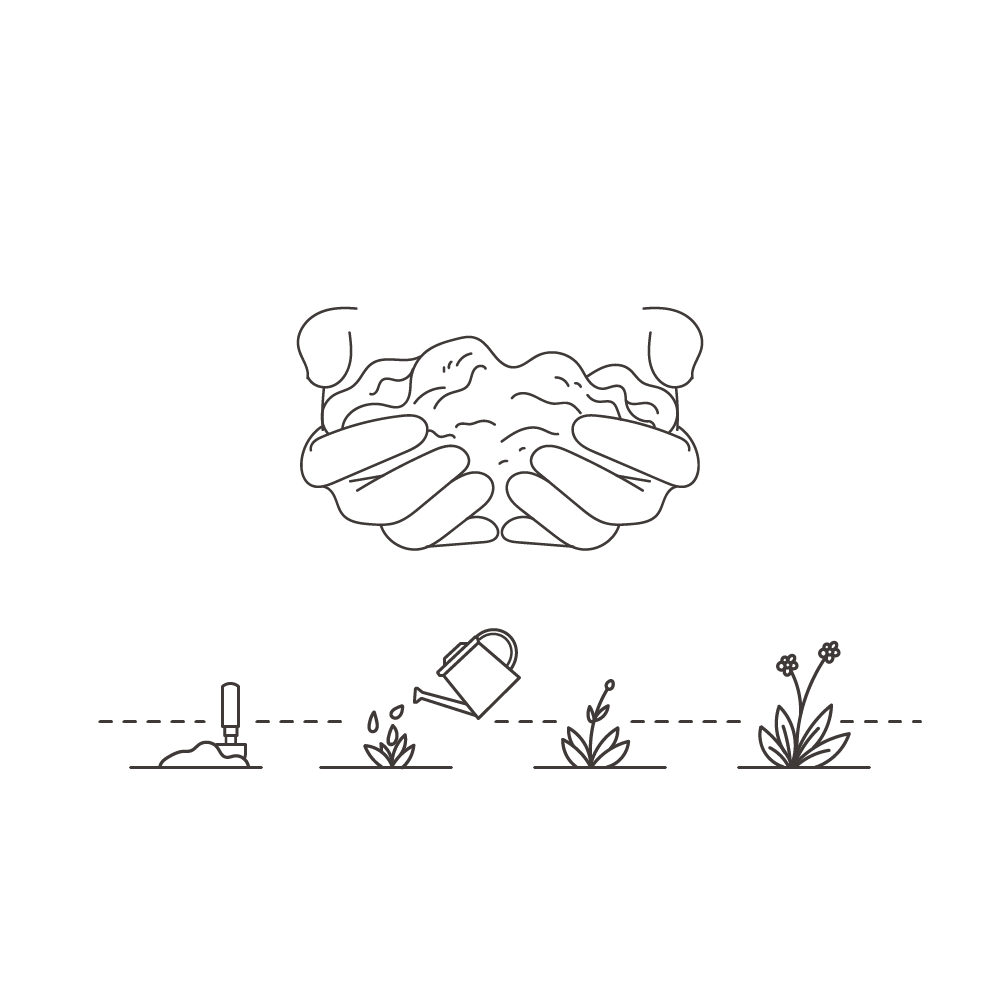
3. Accelerated Composting
The vessel is closed, and the temperature and humidity are regulated to create an optimal environment for the natural breakdown of the body. Aerobic bacteria and other microorganisms decompose the remains, producing heat, carbon dioxide, and water as byproducts. This process typically takes 4-7 weeks.

4. Removal and Screening
After the decomposition is complete, the nutrient-rich soil is removed from the vessel. It is screened to separate any remaining non-biodegradable materials, such as metal dental fillings, which are then responsibly disposed of or recycled.
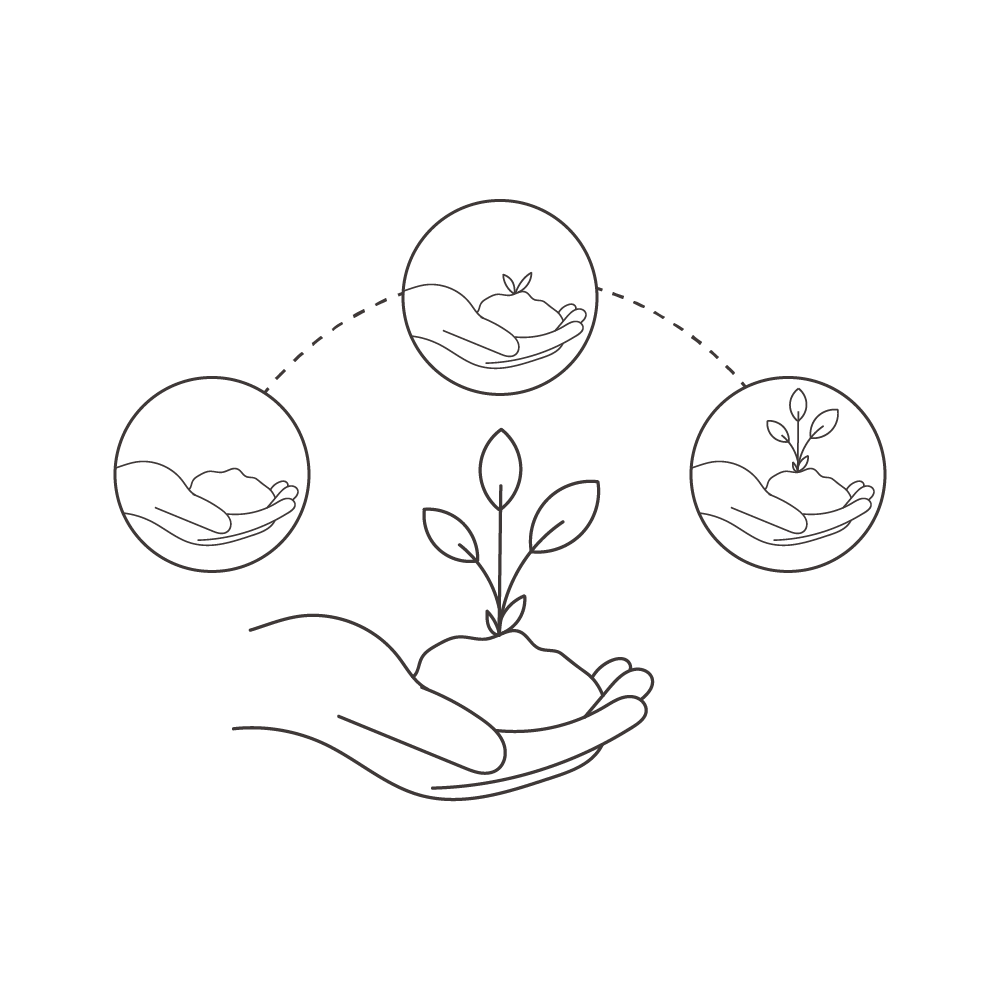
5. Final resting place
The resulting soil can be given to the family, used to plant a memorial tree, or incorporated into a garden or natural space to honor the deceased. This process returns the body's nutrients to the earth, fostering new life and completing the natural cycle.
Learn more
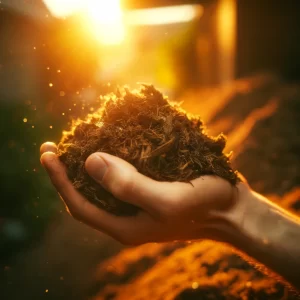
New estimated cost of human composting in the UK
A new article in the Mirror has a price estimate for human composting in the UK
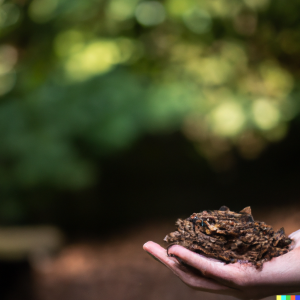
The Circular Economy of Death: Embracing Sustainability from Cradle to Grave
The funeral industry is slowly waking up to the need for more eco-friendly practices. With over 500,000 deaths per year in the UK, traditional burials and cremations have a massive carbon footprint. Embalming fluids leach into the soil, coffins use timber and metal resources, and cremations require huge amounts of fossil fuel. However, there is a better way – human composting.
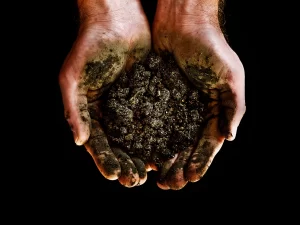
The Science Behind Human Composting: How Does It Work and Is It Safe?
Find out how human composting is not only safe, but great for the environment.
Are you interested in a natural, more sustainable funeral?
Right now, human composting and terramation are not legal in the UK. But we want to change that. Add your voice to our Close the Circle campaign and help more people give back to the Earth at the end of life.

